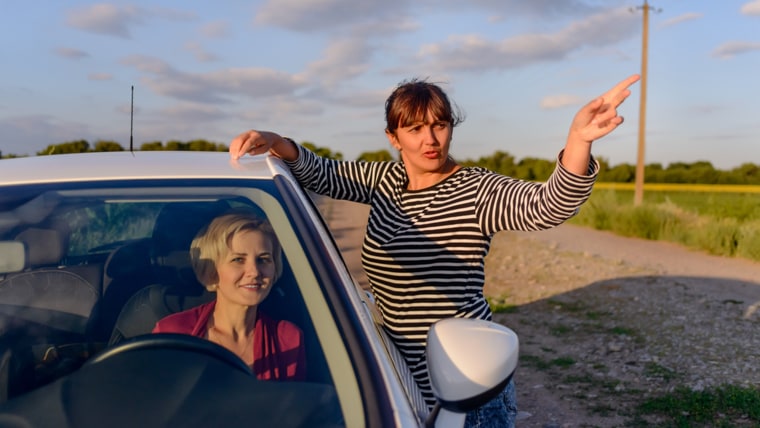Giving directions to your home for your big holiday party? If you want your guests to find your place more easily, mention any nearby landmarks, such as a Starbucks on the corner, first.

The order in which we give directions matters, according to a new study. Directions that mention a noticeable landmark before a target destination work best.
“Not everybody is equally good at giving helpful directions,” writes Alasdair Clarke, an author of the paper in Frontiers in Psychology and a postdoctoral research fellow at the University of Aberdeen in Scotland, via email.
“Our research helps explain what makes for clear instructions that allow the listener to find what you’re talking about as quickly as possible.”
Clarke and his colleagues conducted two experiments:
Where's Waldo?
In the first, people examined a “Where’s Waldo” picture (known in the United Kingdom as “Where’s Wally) for a person in a box. The participants then described what surrounded the boxed-in character.
The researchers noticed that when the participants described how to find the character, they mentioned a largest item first. The sphinx is beside the man in the box, for example.
The sphinx and the box
In the second experiment, the researchers provided directions subjects to find an item. Those provided with a landmark first — the sphinx is beside the man in the box — found the man quicker than directions that included the landmark last — the man in the box is beside the sphinx.
The study’s findings add insight into how visual perception turns into language. When looking at many similar things, the human eye finds the largest, most noticeable thing as something important and memorable. These significant observations become the basis for directions for many people and it’s what people understand when receiving direction.
“It shows that language and vision are tightly coupled in solving tasks like this, not a bunch of independent modules that work alone and combine their results at the end,” says Micha Elsner, an author of the study and an assistant professor of linguists at the Ohio State University.
While the research provides the best way to give directions, Clarke says the findings can improve map applications. GPS directions would be easier to understand and follow if they included landmarks.
“Our research suggests we will need to build them to see the world as we see it. The science of visual perception helps us understand how the human brain sees the world,” he says.